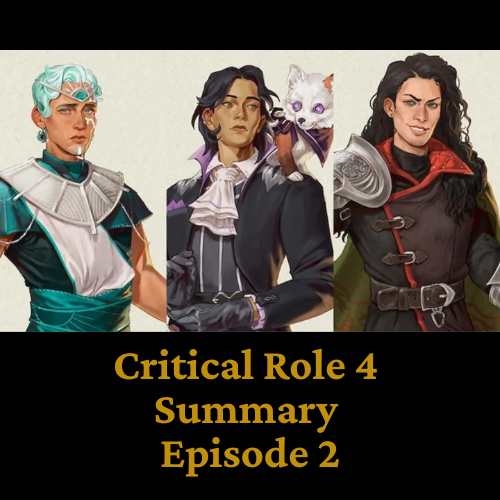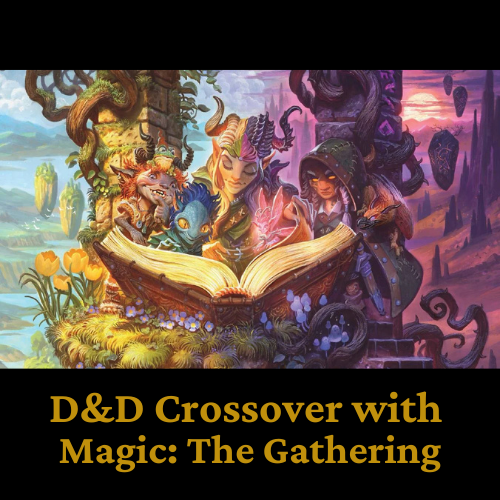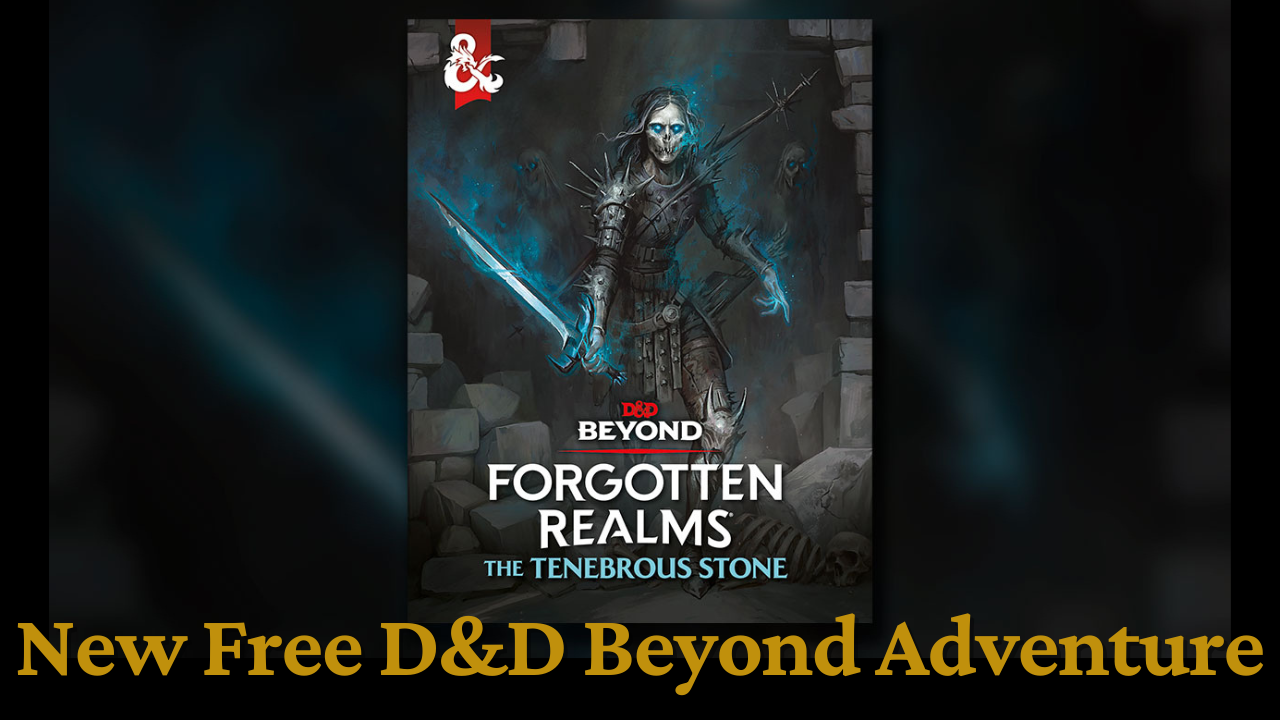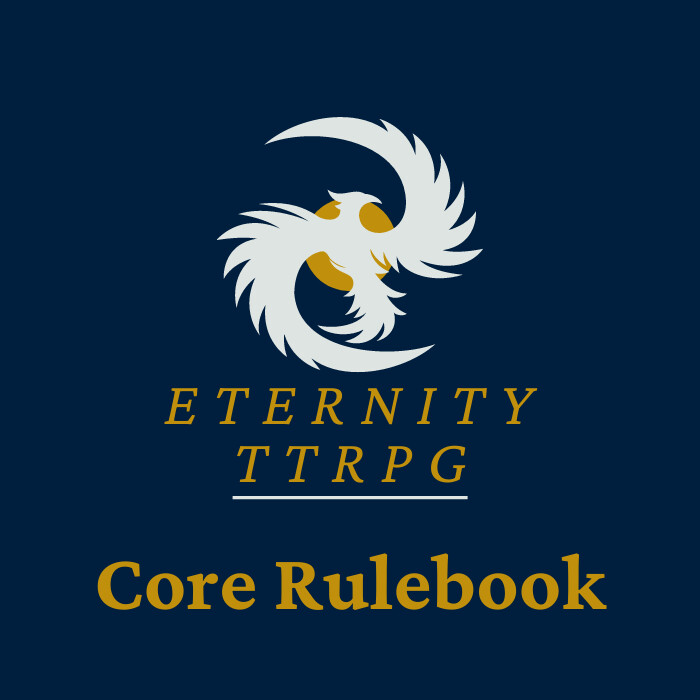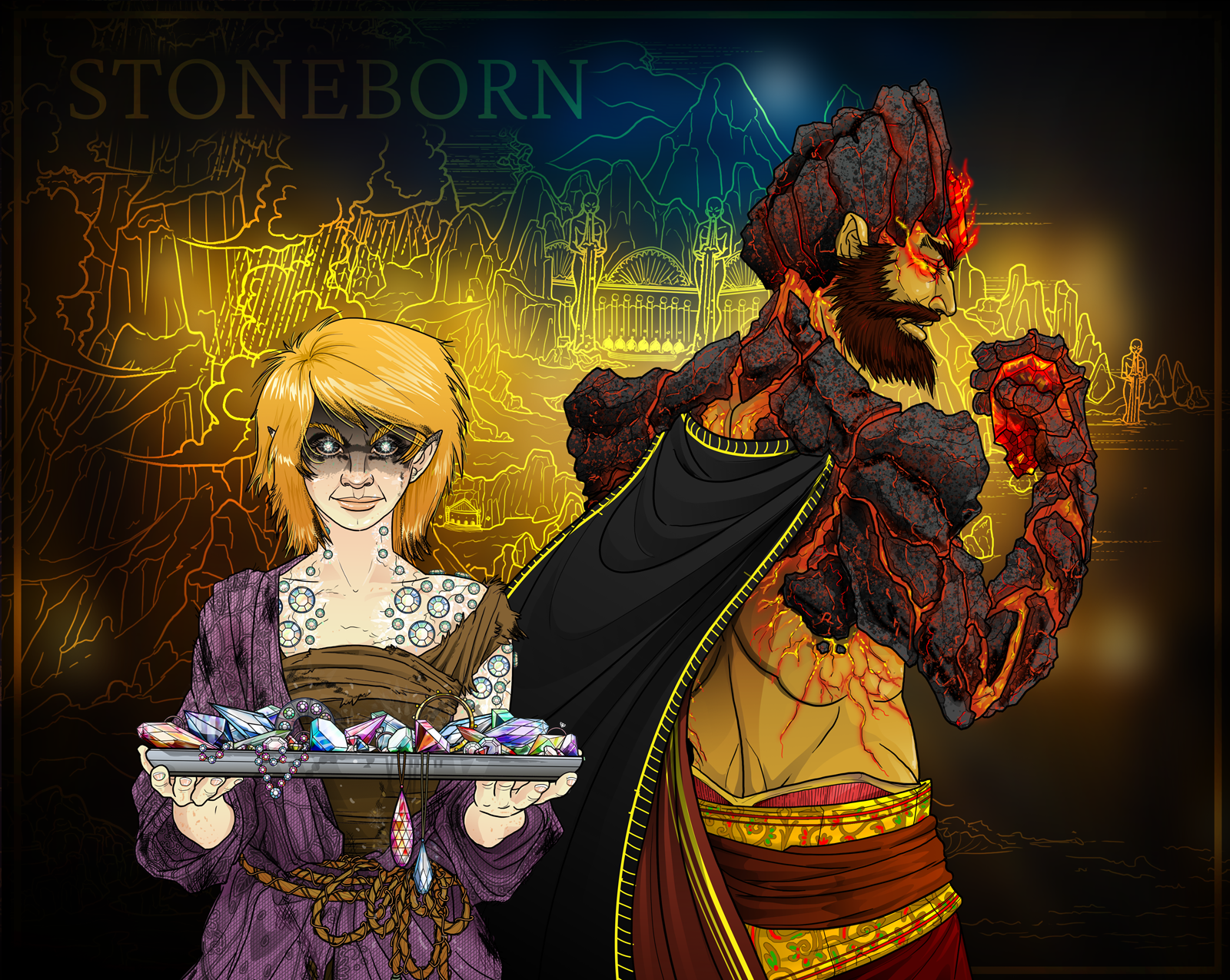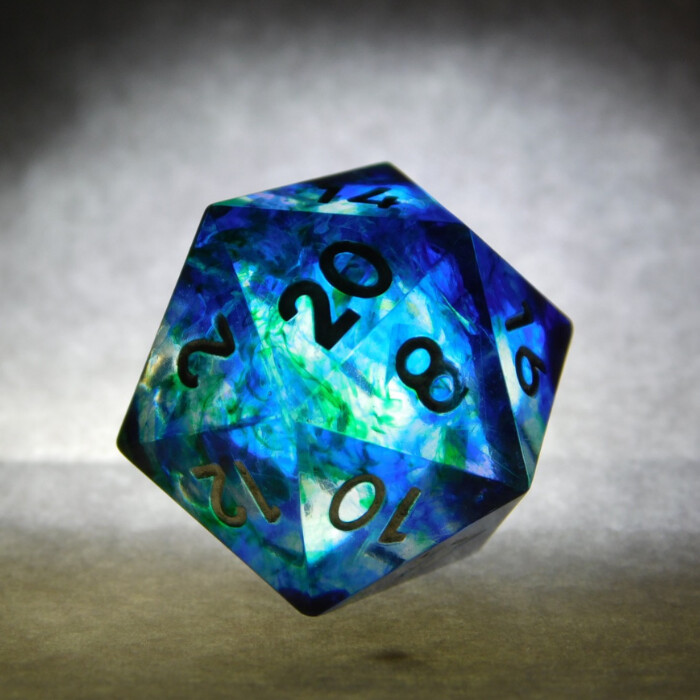The Tenebrous Stone - New Free D&D Beyond Adventure
Transcribed content from our recent YouTube video: https://www.youtube.com/watch?v=G_0s9az8hmo
Transcription
Free adventures on D&D Beyond? You love to see it. This week, Wizards of the Coast dropped The Tenebrous Stone — a brand-new, totally free Forgotten Realms adventure that pits your party against cultists, undead, and a mysterious demonic artifact. But here’s the kicker: it might also hint at new DM tools for 5.5E’s upcoming Adventures in Faerûn. Let’s dive in.
Welcome back to Eternity TTRPG, your go-to source for everything happening across the planes of Dungeons & Dragons — from new books and adventures to the coolest things happening in Faerûn and beyond.
Last week, Wizards quietly released The Tenebrous Stone — a free adventure available right now on D&D Beyond.
It’s set in classic Forgotten Realms territory: the chilly reaches of Damara, where a cult of Orcus has hidden a demonic stone in a basalt quarry near the town of Helmsdale. The artifact radiates despair, turns workers into undead, and — as always — it’s up to your level 3 party to fix everything before the entire region becomes a necrotic wasteland.
The adventure clocks in at about three encounters — perfect for a single evening session or if you can work your DM magic to stretch it out a bit, a spooky two-shot. It’s also fully preloaded into D&D Beyond’s new Maps VTT, and you don’t even need a subscription to run it. That’s a pretty smart way for Wizards to get more DMs testing the platform.
But here’s what really caught people’s attention: The Tenebrous Stone is labeled as a ‘Deity Adventure’ — language we haven’t seen before.
That phrasing suggests Wizards might be introducing a new adventure tagging system in the upcoming Adventures in Faerûn, a book we still know surprisingly little about.”
Imagine a system where adventures are organized by which gods or faiths they involve — Ilmater, Lolth, Tyr — making it easier for DMs to build campaigns around divine themes. It’s a small detail, but it could mean a huge leap forward for campaign-building tools.
Right now, though, that ‘Deity’ tag doesn’t do much mechanically. But it gives us a glimpse into what Wizards might be cooking — especially for Dungeon Masters who’ve been asking for better adventure-creation tools.
Bell of Lost Souls’ blog coverage on this topic also ends with a great point: DMs carry the game. They create the world, the encounters, the tension — and while that’s rewarding, it’s also a lot of work.
If Wizards can use tools like these ‘Deity Adventure’ tags to streamline prep or inspire new story hooks, that could be a win for the entire community. Perhaps – a way to streamline DM prep and inspire great adventures.
So whether you’re looking for a one-shot full of undead cultists or just curious what 5.5E’s adventure system might look like, The Tenebrous Stone is worth checking out. It’s free, fun, and a peek behind the screen at what’s coming next for Faerûn.
So — what do you think? Are you – like me – downloading The Tenebrous Stone for your next game night?
Would you want to see more deity-themed adventures in D&D 2025? Drop your thoughts in the comments — and while you’re there, hit
like,
subscribe, and
ring that bell so you don’t miss our next dive into the world of tabletop chaos.
Dice, Dungeons, Games & More - Eternity TTRPG
Share This Article

Author - Jacob Tegtman
Dear reader, I hope you enjoyed this article. Tabletop gaming has been a passion of mine since I was 6 years old. I've played just about every game from Dungeons and Dragons to video games like Final Fantasy. These games have inspired me, made me laugh, made me cry, and brought me endless hours of enjoyment.
I started Eternity TTRPG - and the indie tabletop game that goes along with it (Eternity Shop) - to share my love of gaming with others. I believe that in our technology-driven age, tabletop games help bring a sense of magic and community back into our world.
If you love the site, please share it with others! I have lots of gaming-related material for you to peruse and use in your own gaming sessions. If you have any questions about the site or want to contribute, just send me a message using the "Contact" page, which you can find in the site's footer.
